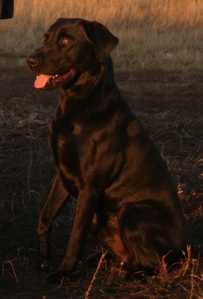The American Kennel Club has released their list of most popular dogs in the United States. And, once again, the Labrador retriever is the most popular dog, based upon AKC registration statistics, in the country. The 22-year streak atop the registration list ties the poodle for most consecutive number-one rankings.
The German shepherd dog, golden retriever, beagle and bulldog round out the top-five most popular dogs.
This year’s trend leans toward bigger dogs moving up the list after a several-year run of smaller dogs having seen a rise in popularity on the 175-dog list.
Not only is an overall list available, the AKC breaks out the most popular dogs in major cities.
While it’s fun to see where our dogs rank on the list, and to look at various cities and see which dogs are preferred by residents, there are a few things to keep in mind. First, the more popular a dog, the more people there will be that offer them for sale. It’s supply-and-demand thing, and if there’s money to be made, someone will fill that demand. Second, with many people offering dogs and puppies for sale, unscrupulous and reckless breeding can lead to ...


